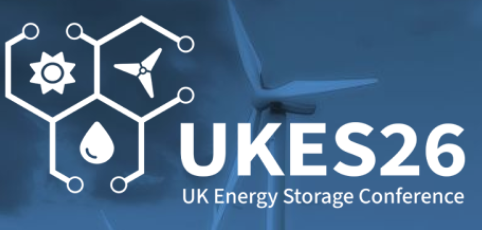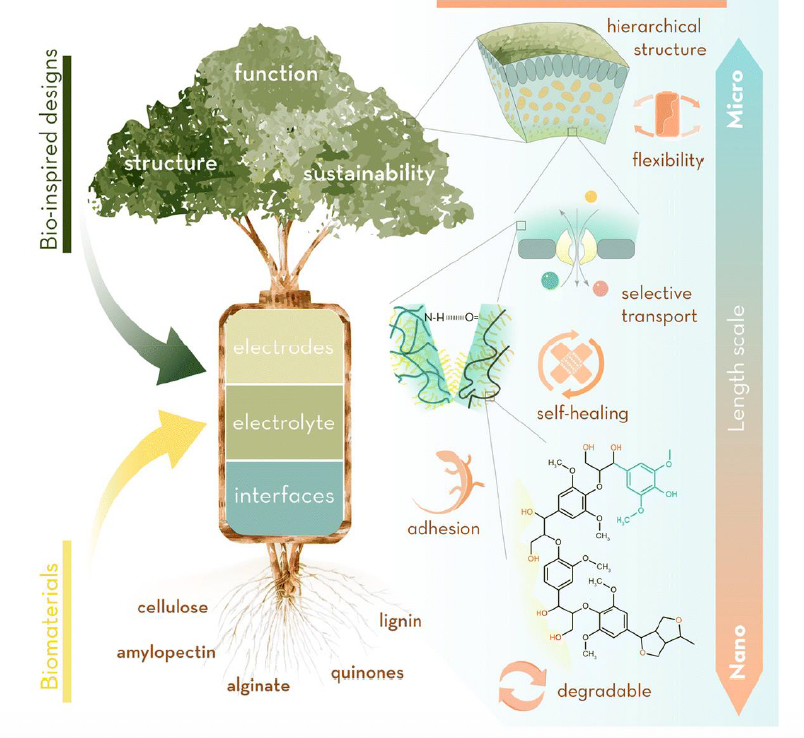
A new material for proton exchange membrane cells
Proton exchange membrane fuel cells (PEMFCs) have shown promise for a while, but their performance to date has been limited by the proton conductivity of their membrane materials. Researchers around the world have been working on porous materials that will provide three-dimensional frameworks for conduction, and now a team led from the University of Liverpool have announced a noticable performance improvement with a new crystalline porous molecular material.
The key to the new material lies in its 3D ‘cage’ structure, in which the scientists were able to synthesise organic cavities, which can then be filled with smaller molecules. The smaller molecules can travel fast across the cage framework, conducting protons in all directions. After filling the cages with water, the researchers measured a proton conductivity level of up to 10-3 S cm-1. This is on par with the best results previously measured for PEMFCs in a lab.
Explaining the result, lead experimenter Dr Ming Liu said,
“In addition to introducing a new class of proton conductors, this study highlights design principles that might be extended to future materials. For example, the ‘soft confinement’ that we observe in these hydrated solids suggests new anhydrous proton conductors where a porous cage host positions and modulates the protonic conductivity of guest molecules other than water. This would facilitate the development of high temperature PEMFCs, as water loss would no longer be a consideration.”
The full paper can be found in Nature Communications 7, Article number: 12750.













